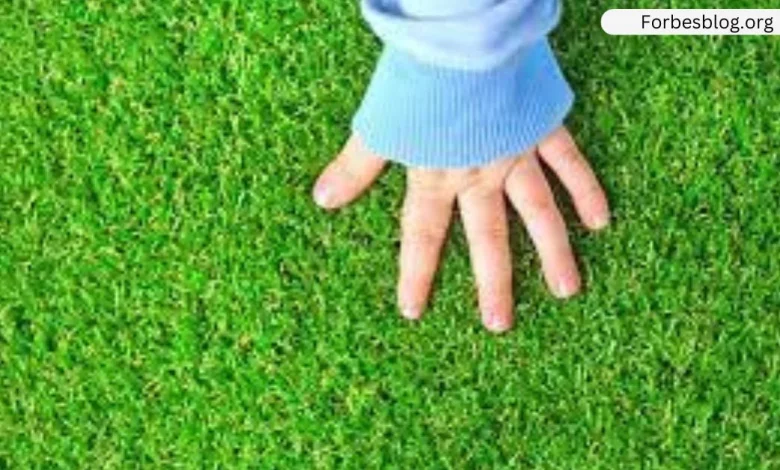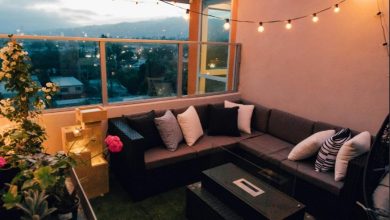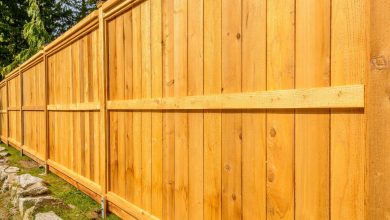Maintenance Guide For Artificial Grass

When you think of artificial turf, the first thing that comes to mind is probably a football field. But did you know that artificial grass is becoming an increasingly popular choice for homeowners?
Many people are opting for artificial turf because it doesn’t require any maintenance, and it’s a lot more environmentally friendly than traditional lawn care. If you’re thinking about installing artificial turf in your home, be sure to read this guide first! I’ll cover everything you need to know about maintaining your synthetic lawn.
Table of Contents
How to clean artificial turf?
The first step in maintaining your artificial turf is to keep it clean. This means sweeping up any leaves or other debris that may accumulate on the ground.
- To clean artificial turf, start by using a leaf blower or vacuum to remove any leaves, twigs, or debris.
- Then, use a garden hose to wet down the turf. Next, apply a mild soap or cleaning solution to the turf.
- After letting the solution soak in for a few minutes, use a brush or rake to scrub the turf.
- Finally, rinse off the soap with the garden hose and allow the turf to dry. Regular cleaning will help to extend the life of your artificial turf and keep it looking its best.
Regularly check for and repair any damage:
When it comes to artificial turf, one of the most important things to keep in mind is regular maintenance. Whether you’re dealing with a commercial or residential landscape, it’s important to check your turf for damage and repair any small issues right away. This can help you to avoid bigger problems down the line, and it also helps to maintain the look and feel of your artificial turf.
There are a few key steps that you should follow on a regular basis to do the effective check your artificial turf for damage.
First, make sure that you examine your turf periodically for any signs of wear, such as tears, rips, or fraying. These small issues can often be easily repaired by simply replacing a damaged section of fake grass.
In addition, it’s also important to keep an eye out for any foreign objects that may be trapped beneath the surface of your turf; these items can break down the fibers over time and cause damage if left unchecked.
Focus on providing adequate drainage:
Adequate drainage is essential for any artificial turf, as poor drainage can lead to a build-up of water and moisture, which can damage the turf. To ensure adequate drainage, you should make sure that there is a layer of gravel or sand beneath the turf and that the turf is sloped so that water will drain away from it.
In addition, you should regularly check the turf for any signs of water pooling on it and take steps to address any problem areas. Making sure that the artificial turf is getting enough sunlight is also important.
Give enough sunlight:
Turf that is in the shade will be more likely to develop mold and mildew, so it’s important to ensure that it receives plenty of direct sunlight. If you have any concerns about the amount of sunlight your artificial turf is receiving, you can talk to a landscape professional about ways to increase its exposure to sunlight.
By following these simple tips, you can keep your wholesale artificial grass looking its best for years to come!
Final lines:
Artificial turf is an increasingly popular choice for homeowners. It is a great way to add value to your property. But, it also requires some maintenance but is much lower than traditional grass. So, if you are looking for some addition to your home, give artificial turf a try and enjoy it without making much effort to maintain it.




